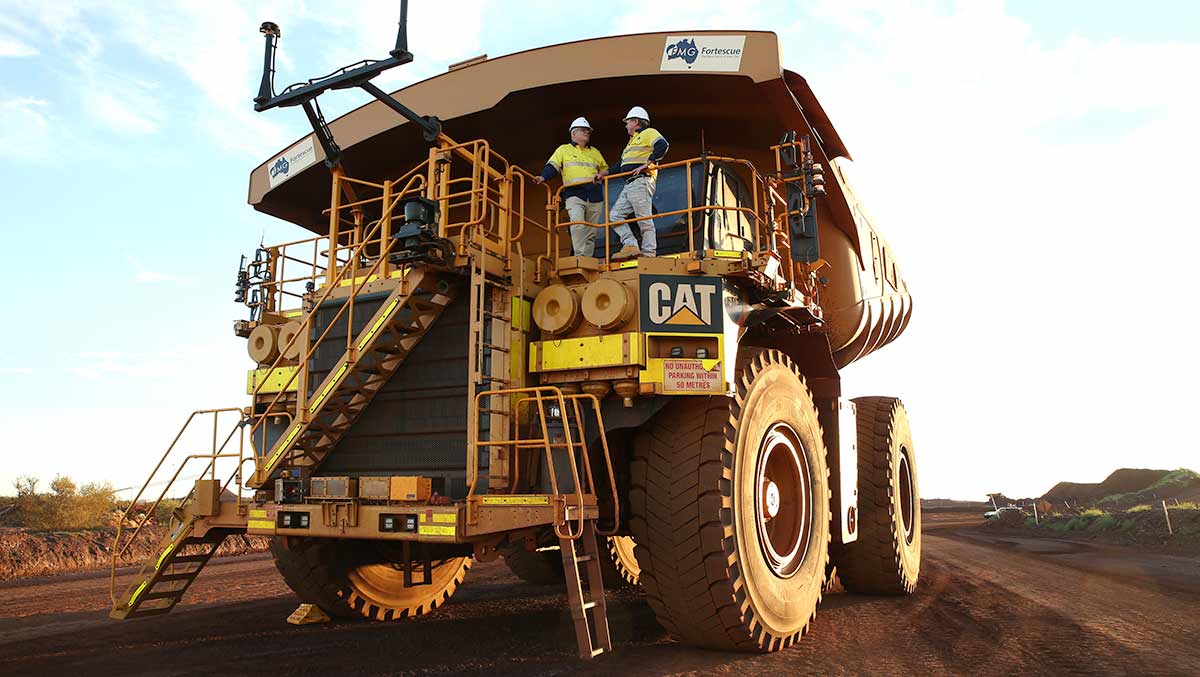Andrew Forrest’s Fortescue Future Industries has revealed some of the extraordinary numbers behind its hugely ambitious goal to deliver 15 million tonnes of green hydrogen production a year by 2030.
It will require, according to FFI’s head in NSW Joshua Moran – some 150GW of hydrogen electrolysers and a phenomenal 450GW of renewable capacity, namely wind and solar.
That, to put in context, is around nine times the current capacity of large scale generation in Australia’s National Electricity Market. Global electrolyser production is currently around 1GW, although FFI plans to double that with a new factory it is building at Gladstone.
“That gives you an idea of what is required to achieve this ambition,” Moran told the Smart Energy Expo on Thursday.
FFI’s targets have been dismissed as “pie in the sky” by many commentators, and FFI itself has admitted it was a “very” stretch target when first unveiled.
But it is now confident that target is “very achievable” , according to CEO Julie Shuttleworth, given the growing demand, falling costs, and the accelerated switch to green alternatives to fossil fuels driven by Russia’s invasion of Ukraine.
(You can find our recent interview with Shuttleworth for the Energy Insiders podcast here)..
Still, the numbers that are required to deliver on this ambition are extraordinary.
FFI will need to deliver 20GW of electrolysers a year by around 2029, and it will need to build twenty 80 metre wind turbine blades a day by that time, and 31 million solar modules a year.
“They feel like silly numbers,” Moran told the conference, but FFI is confident it is achievable. “That’s what we need to do to reach our targets.”
It knows a lot of it will need to effectively build its own supply chains, which is what it’s green manufacturing facility in Gladstone will start to shape.
Moran noted that FFI is also working on new technologies – hydrogen electrolysers, solar panels, hydrogen trucks, regenerative trains, ammonia powered ships, and even hydrogen flights.
Moran’s presentation said that 463GW of renewable generation is either under negotiation or secured, although it gave no details of the nature or location of those assets.
So far, the company has only revealed plans of 5.4GW of wind and solar in the Pilbara, and a deal to take the output of several gigawatts of renewable energy capacity as part of its Gibson island project.
However, the 15 million tonne by 2030 goal is only part of FFI’s global ambition. Some time in the 2030s it aims to achieve 50 million tonnes of green hydrogen production, including nearly 15 million tonnes from the Asia Pacific region and 12 million tonnes in Australia alone.
Ultimately, however, it will come down to costs.
“If we can control parts of the supply chain, and bring in new technology, we can make sure that each part of that supply chain is optimised to drive down costs,” Moran said.
“We also need to develop new technologies.”
Meanwhile, Andrew Dickson, from CWP Global, said the green hydrogen industry would rival th existing liquid fossil fuel industry with the scale of its projects.
It is co-developing the 26GW Asia Renewable Energy Hub in the Pilbara, as well as the even bigger 50GW Western Green Energy Hub in the south of WA and has a total of 140GW of green hydrogen projects in its global portfolio.
“We have a number of projects announced and underway in Northern Africa, including Mauritania and Morocco. We have several projects under development in South America, including Chile and Argentina,” he told the conference.
“That’s an enormous challenge to deliver. That’s about a $200 billion portfolio of extra capacity. So again, I’ve mentioned this is renewable energy on an oil and gas scale.
It’s very capital intensive. Obviously offtake cost customers, very large corporates are looking for very large counterparties in this global trade and energy suppliers are obviously being inundated with turbine manufacturers.
Electrolyzer manufacturers have been inundated with all these projects that are emerging so they need very solid counterparties to engage with. There are considerable integration risks in this type of project each individual technology.”












